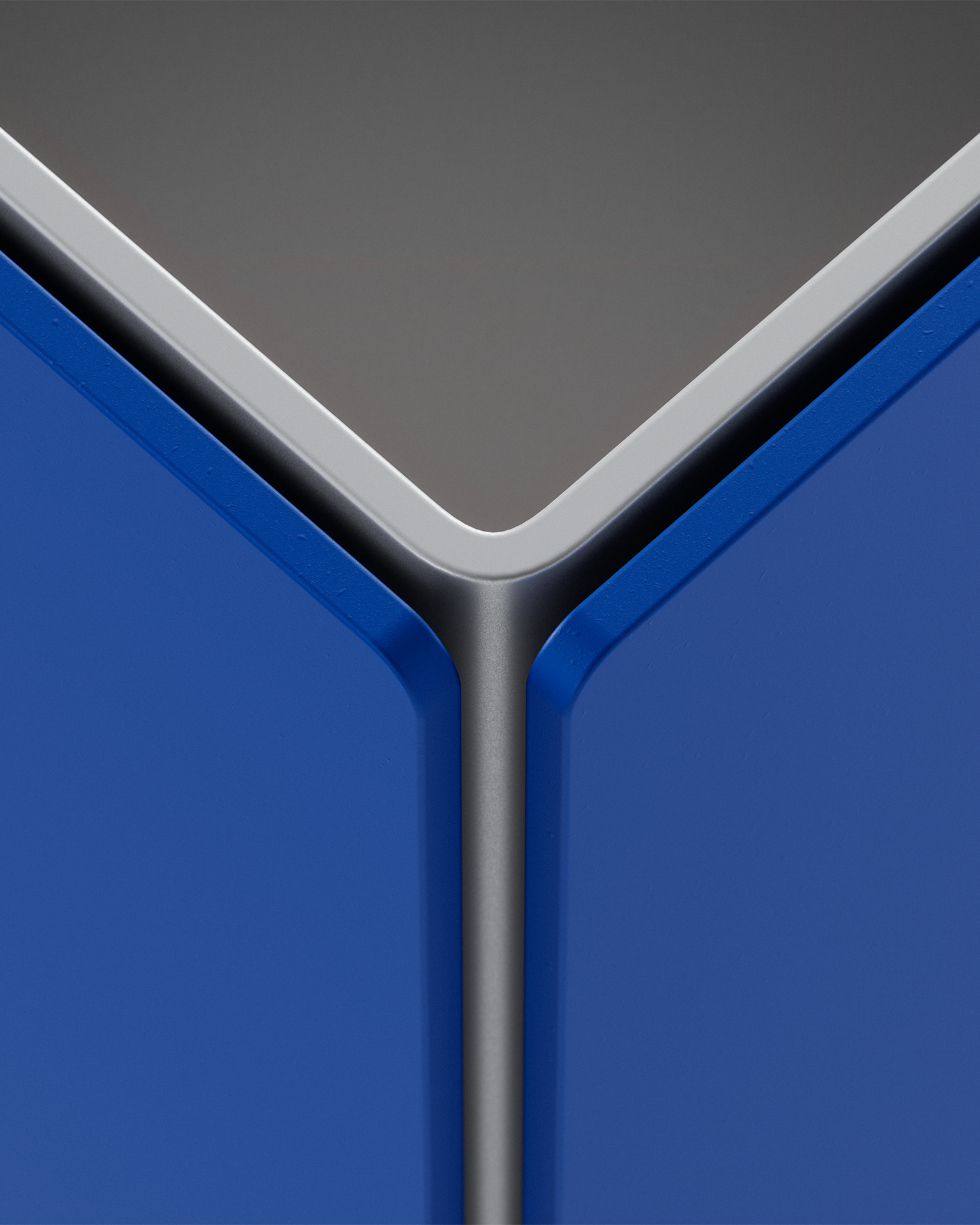The Curling Computer Club is a studio for experimental design,
creative media, and digital art, led by Leonardo Angelucci, Marco De
Mutiis, Marco Lurati, Sophie Sprugasci. Based in Switzerland, it
operates as a distributed, interdisciplinary collective and creative
playground.
The Curling Computer Club explores the potential
of digital and network technologies in contemporary design and art,
often through hacking and experimental practices.

GO2+ is a hack of the Unitree GO2 robot dog that reappropriates and extends the machine, converting it into a system of modular robotic furniture.
Each GO2+ piece modifies and expands the semi-autonomous robot, transforming it into a playful exploration of how product design can evolve in response to contemporary software and robotics. More than just functional objects, these hacked machines adopt new behaviors by overwriting the factory software: tables move using face recognition, ottoman pillows jump unexpectedly, and vases wander based on Wi-Fi signal strength.
Through creative hacking, GO2+ subverts the dystopian image of the robot dog, turning it into a domestic entity with a form of autonomy that must be negotiated rather than commanded. By repurposing commercial technology—often designed for efficiency within capitalist or even military frameworks—GO2+ envisions robotic furniture as semi-autonomous design objects for a post-human environment.
GO2+ is not just a commentary on the growing presence of machines in our spaces, but an invitation to rethink human and non-human coexistence. It challenges us to imagine a world where technology can be productively inefficient, where we share our environments with free robotic beings and their evolving behaviors and agencies.
Read more
Corgi Table
A coffee table extension that hacks the video feed of the robot dog and uses face recognition to determine where to go. Each face is compared with the face of Topi the Corgi, an internet dog influencer. Based on the percentage of similarity between the faces, the Corgi Table will move closer or further from the person.
Module: Plate 5×5, Grid 5×5
Materials: Aluminium, wood or marble
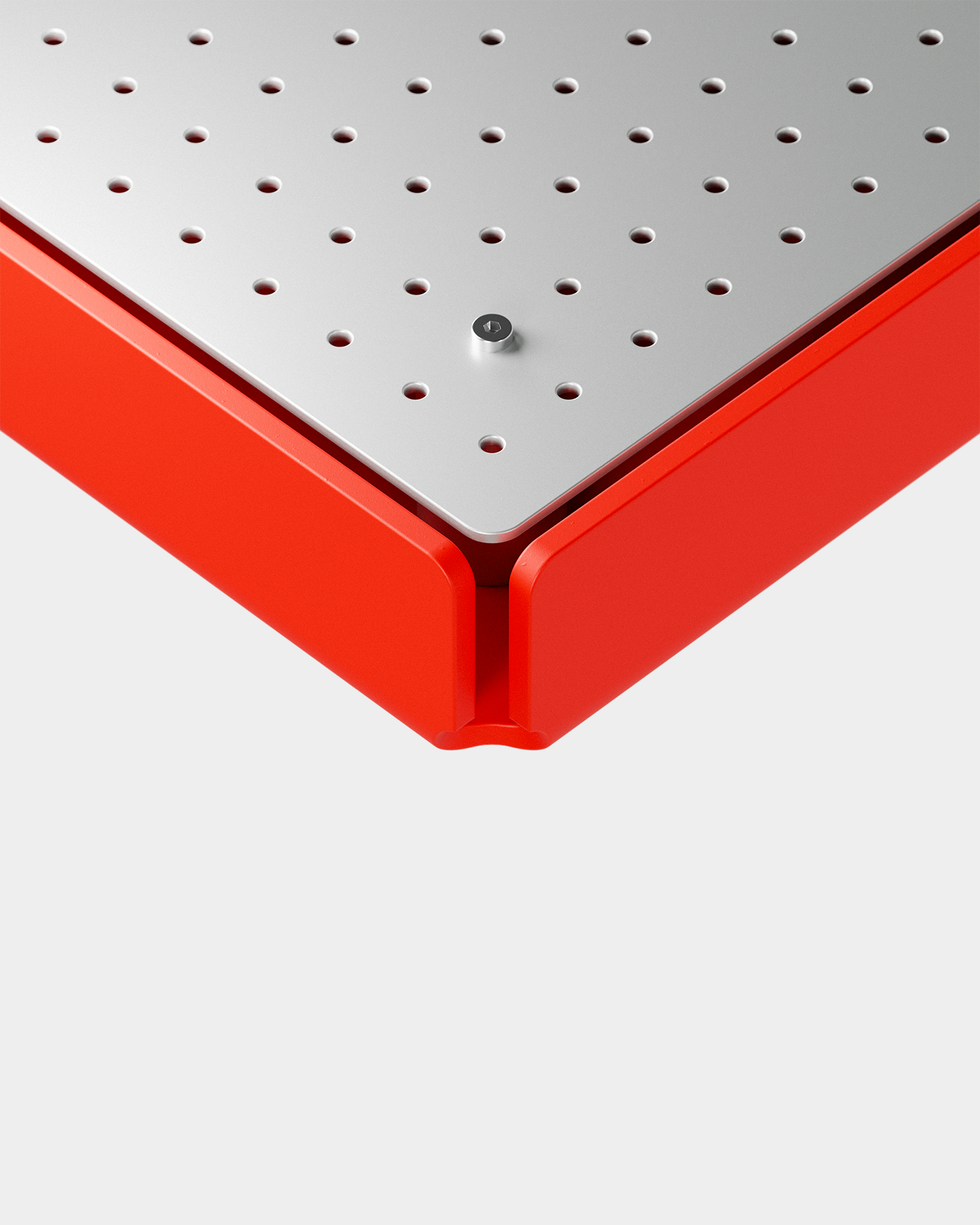
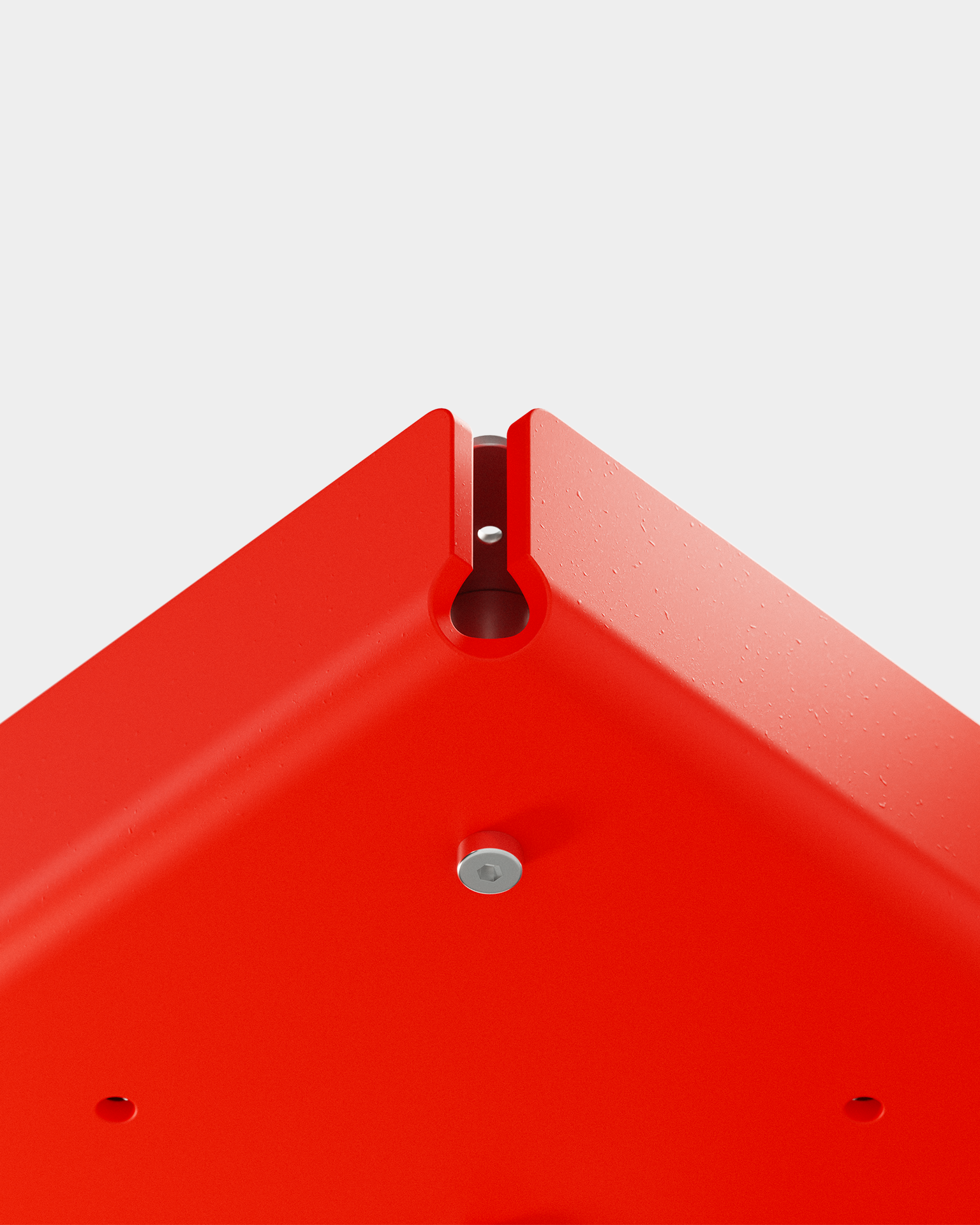
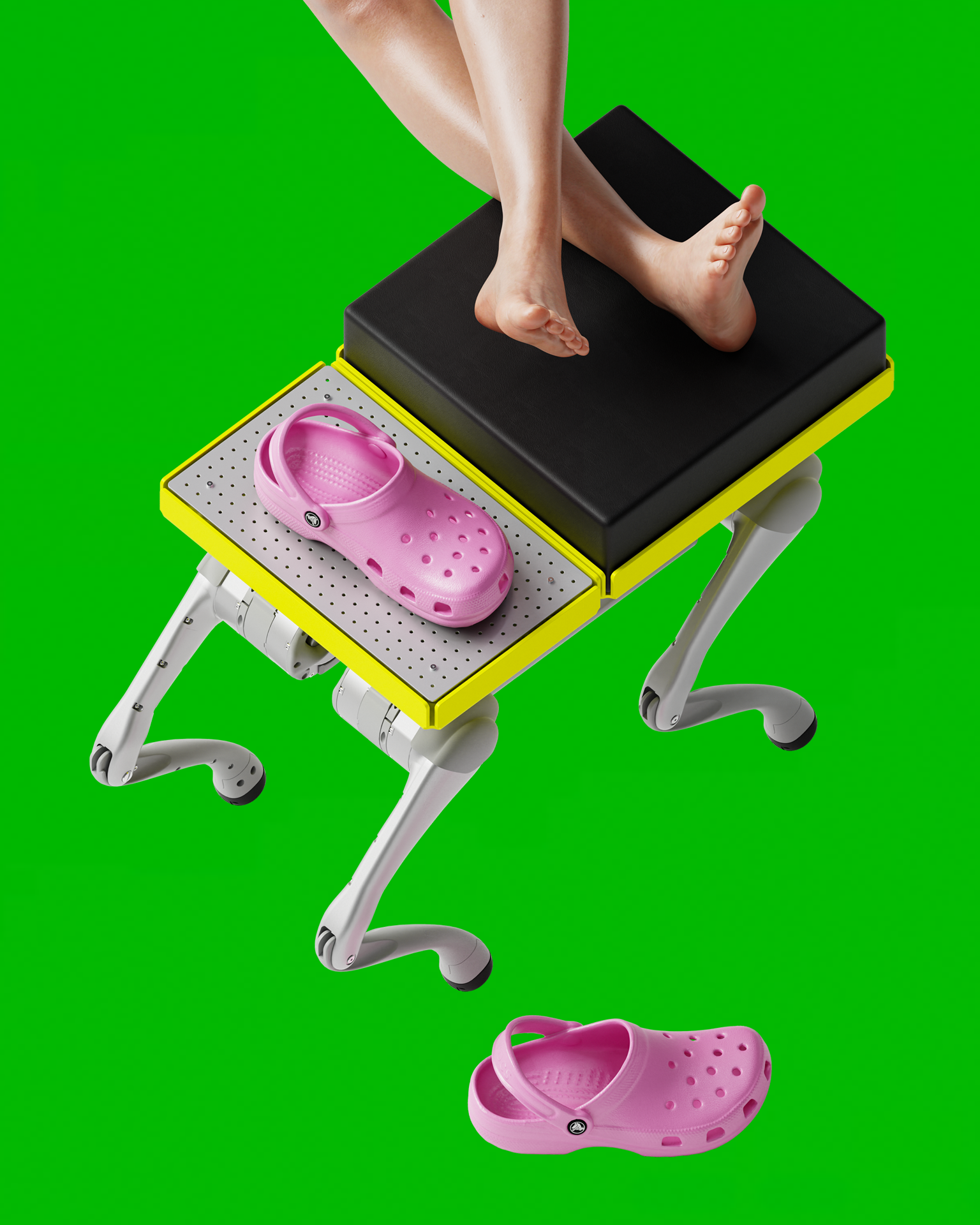
Scottoman Terrier
A cushioned ottoman attachment that reacts to sound. If the room is silent for too long, the Scottoman Terrier hops slightly, eager to be noticed. When someone claps or calls out, it may start “shuffling” around restlessly, or even leave the room entirely.
Module: Plate 5×5, Plate 5×3, Pillow 5×5, Grid 5×3
Materials: Aluminium and leather
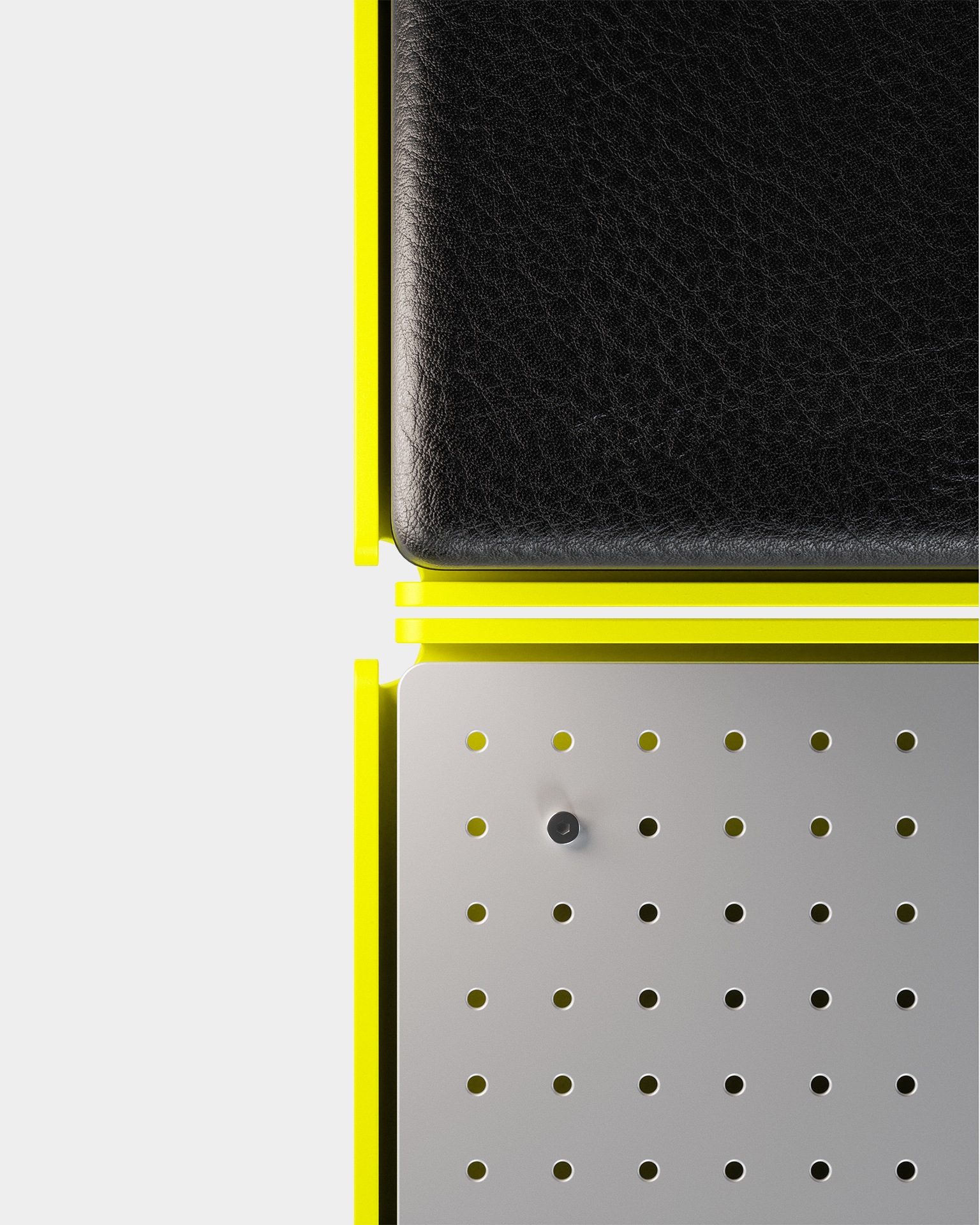
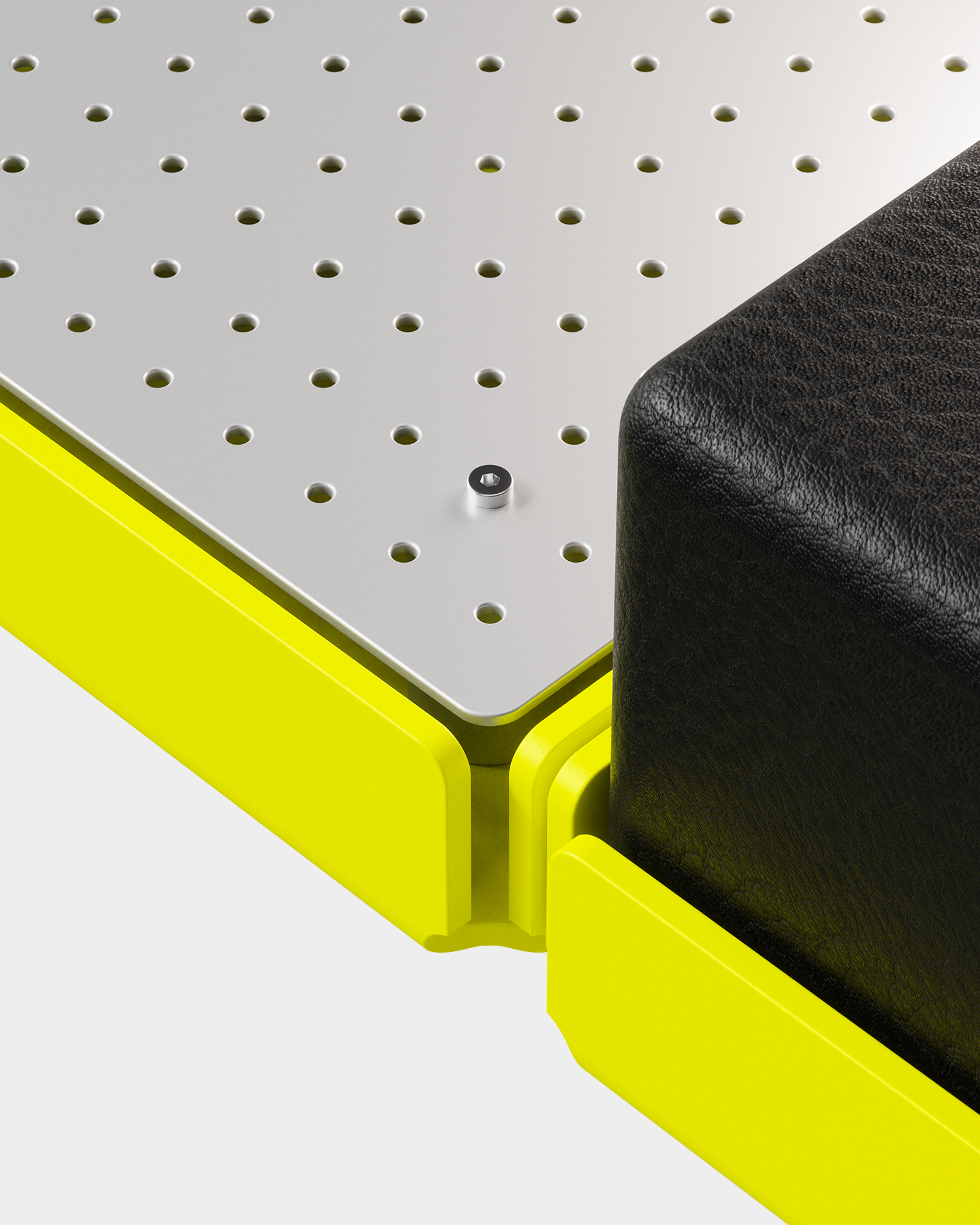
Dachshundlelight
A candle holder extension that perches atop the robot dog. Instead of staying still, the Dachsundlelight playfully exaggerates its tilts and wobbles as if trying to shake the candle free. If left unattended, it may occasionally jolt or adjust its position, making the flames flicker unpredictably. It may also set the living room on fire *puppy eyes*.
Module: 3× Plate 5×1, 2× Grid 5×1, 5x candle holders
Materials: Aluminium

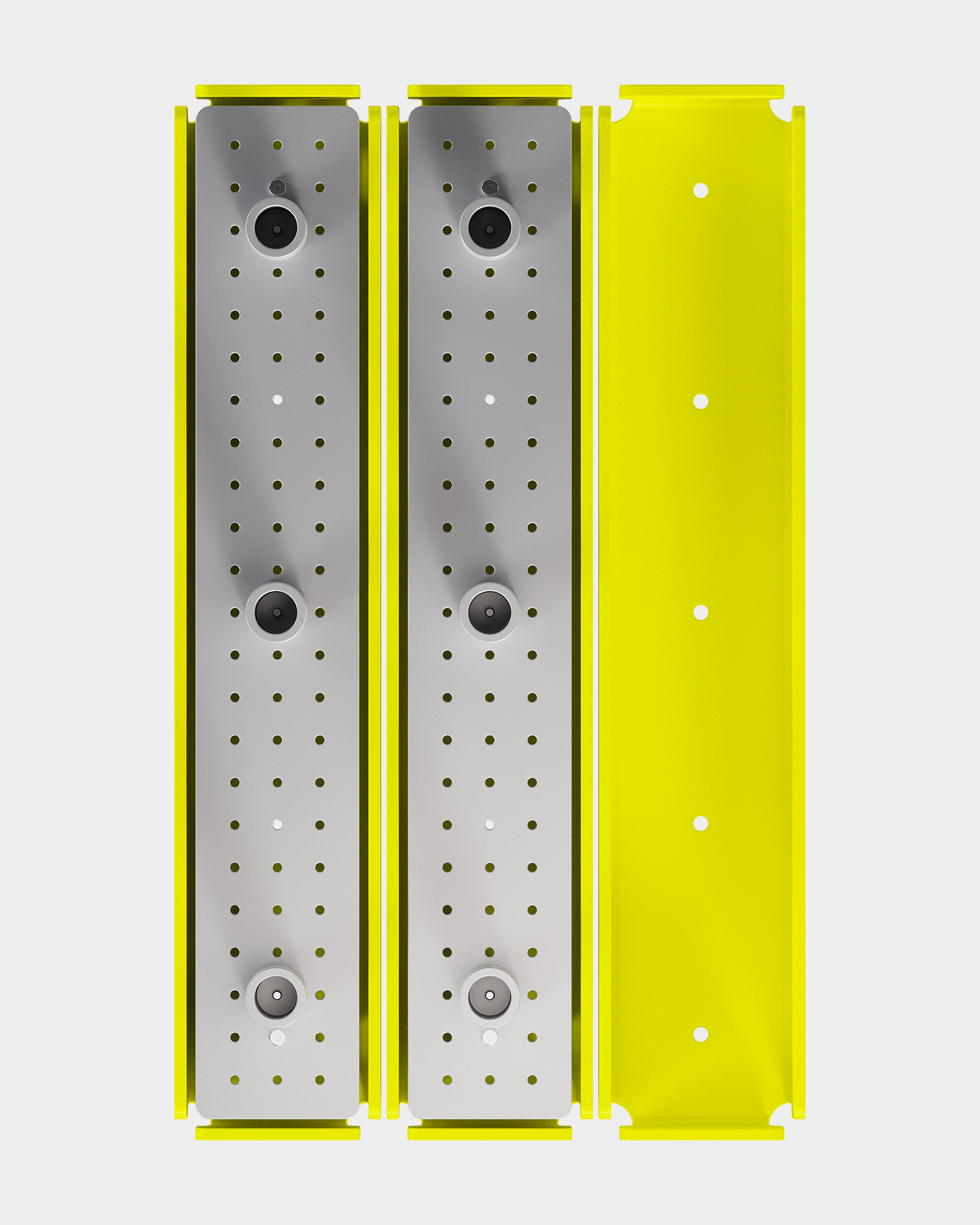
Shelfland Sheepdog
A bookshelf extension with a mind of its own, constantly “herding” books—but not always in the right direction. Using object detection, it looks for misplaced books and pushes them around the room, as if asking to place the books on its back. If ignored for too long, the Shelfland Sheepdog may even shake and eject a book onto the floor, demanding attention like a restless herder.
Module: Plate 5×7, 3× Grid 5×7, 4× C-Shape Bracket
Material: Aluminium
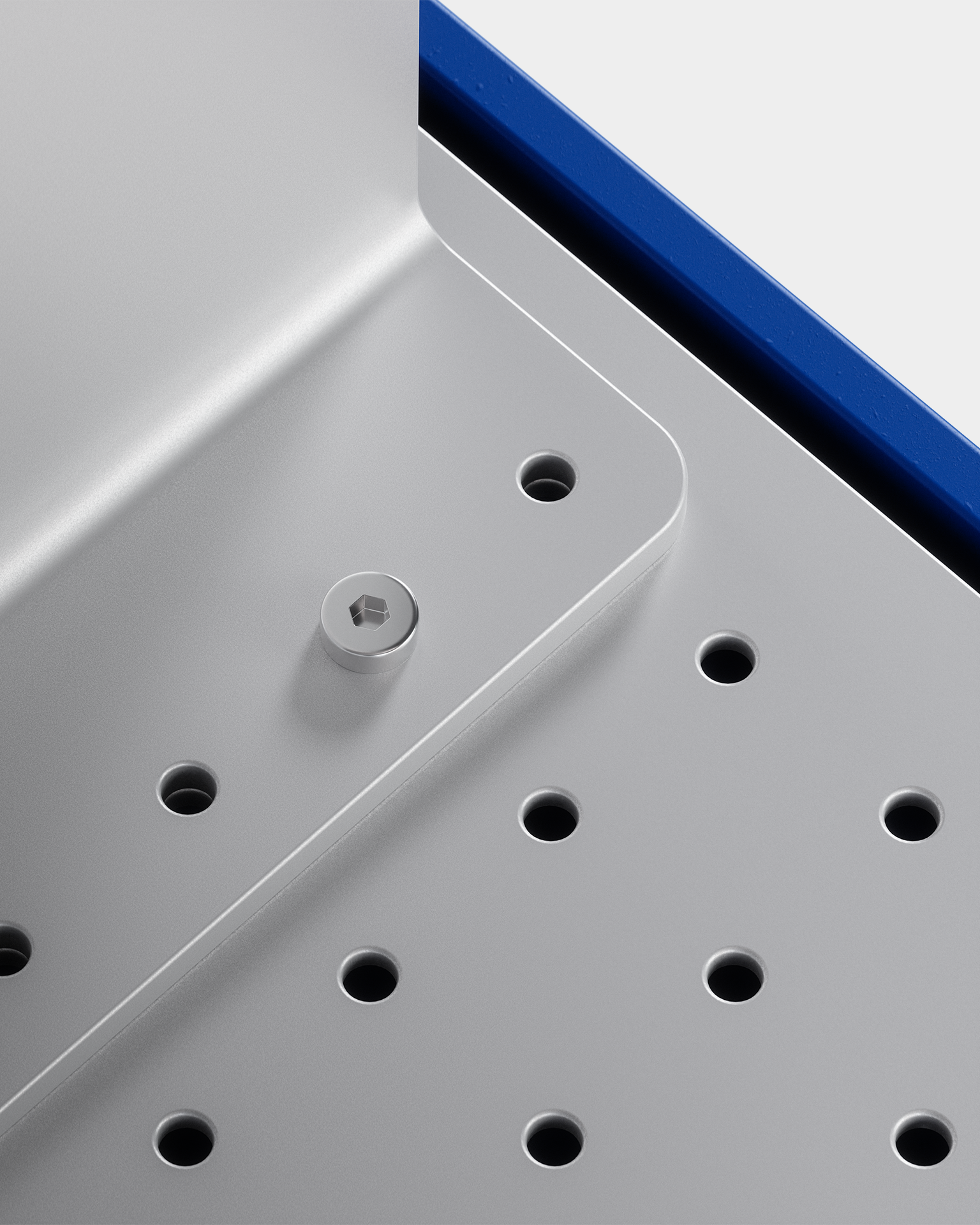
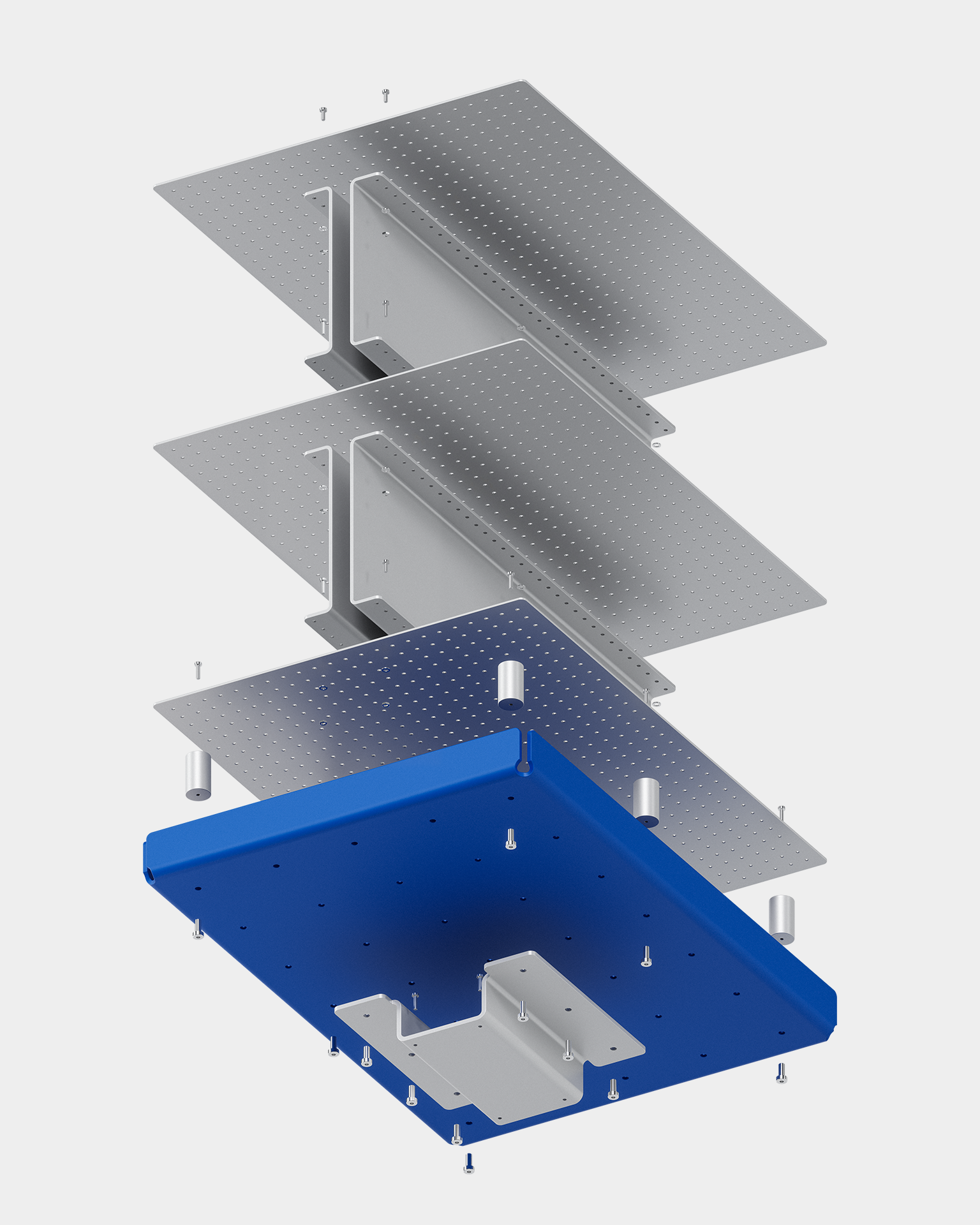
Florador Retriever
A bookshelf extension with a mind of its own, constantly “herding” books—but not always in the right direction. Using object detection, it looks for misplaced books and pushes them around the room, as if asking to place the books on its back. If ignored for too long, the Shelfland Sheepdog may even shake and eject a book onto the floor, demanding attention like a restless herder.
Module: Plate 5×7, 3× Grid 5×7, 4× C-Shape Bracket
Material: Aluminium

